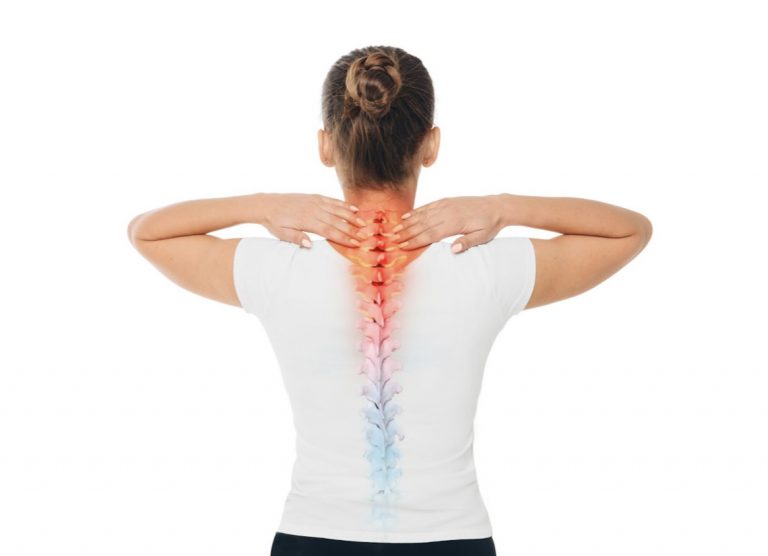Degenerative disc disease is an age-related condition that affects millions of people around the world. Although not always symptomatic, degenerative disc disease can result in crippling pain if it contributes to spinal narrowing and nerve compression. If you’ve been diagnosed with this condition, a better understanding of degenerative disc disease can help as you seek treatment and lasting relief.
As you take some time to review the following information, we welcome you to reach out to BEST Health System with any questions if you’d like to learn more about treatment.
Basic Spinal Anatomy and The Spinal Discs
The first step to understanding degenerative disc disease is understanding the role that the discs play in the spinal column . The spinal discs are round disc-shaped pieces of soft tissue, made primarily of cartilage. They are made of a tough outer layer and a softer inner layer filled with viscous disc fluid.
Healthy discs separate the individual vertebrae in the spinal column, acting as a shock absorbers and allowing the spine to bend and flex. However, over time the discs dry out and lose elasticity. This makes them less able to withstand the pressure they are put under on a daily basis.
Degenerative Disc Disease Causes and Symptoms
Degenerative disc disease is characterized by loss of disc height, also known as collapsed discs that cause vertebral compression. This compression can result in narrowing of the already tight nerve pathways in the spine, as well as increased friction between the vertebrae that cause bone spurs.
Degenerative disc disease is not necessarily painful, and for many is just part of the natural aging process that affects everyone different. However, spinal narrowing and bone spurs can both lead to painful nerve compression that results in the following degenerative disc disease symptoms:
- Localized neck and/or back pain
- Radiating pain into the upper and/or lower extremities
- Tingling and numbness in the upper and/or lower extremities
- Muscle weakness and spasms
- Difficulty walking
Although degenerative disc disease can affect any of the discs in the spinal column, the most common regions for the condition to develop are the cervical and lower spine. This is because of the relative flexibility and increased stress these discs are subjected to.
How Degenerative Disc Disease is Related To Other Disc Conditions
Many of the other common disc conditions, such as bulging discs and herniated discs, are related to the same age-related causes as degenerative disc disease. Although generally flattened discs are most likely to be diagnosed as degenerative disc disease, many patients with this condition also have bulging or herniated discs present.
Treatment for Degenerative Disc Disease
When doctors diagnose degenerative disc disease, the first step of treatment consists of conservative or nonsurgical therapies. Since degenerative disc disease is non-reversible, the goal of treatment is to relieve symptoms and preserve function of the spine as much as possible.
Doctor recommended options include:
- Getting plenty of rest
- Over-the-counter pain relievers
- Physical therapy to increase strength and range of motion in the spine
- Posture improvements to relieve pressure on the discs
- Spinal injections to reduce pain and inflammation
- Lifestyle change
When to Consider Surgery
Surgery can be an effective treatment for cases of degenerative disc disease causing nerve compression that has not responded to conservative treatment and lifestyle changes. The goal of surgery is to relieve nerve compression by removing spinal anatomy, such as bulging disc material or bone spurs, that are narrowing the spinal canal and other nerve pathways.
As an alternative to traditional open back surgery in a hospital setting, specially trained surgeons are now able to perform minimally invasive procedures for degenerative disc disease on an outpatient basis. These procedures help promote a shorter recovery time with less risk of complications compared to traditional spine surgery.
BEST Health System
If you are interested in learning more about the minimally invasive surgical treatment options offered through BEST Health System, reach out to our team today. The BEST is yet to come.
